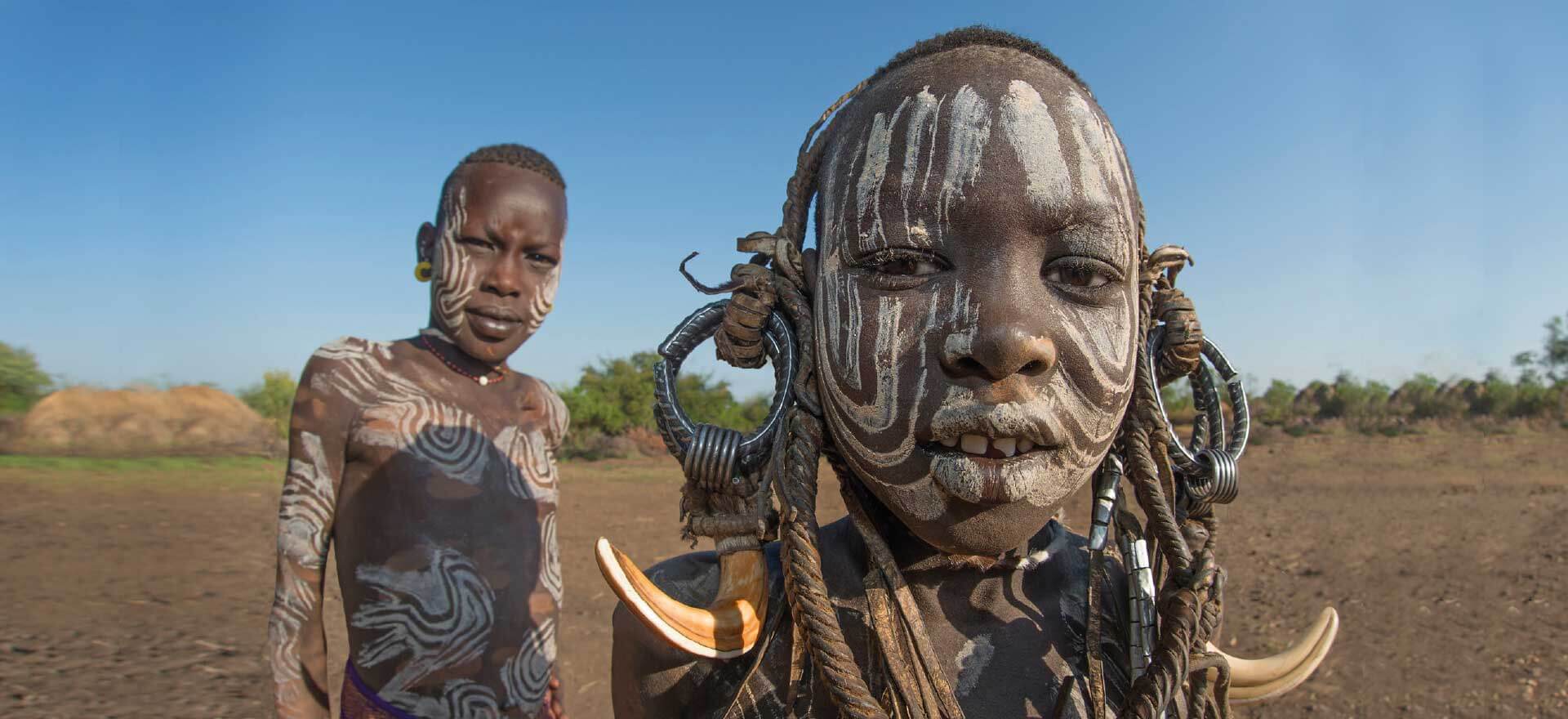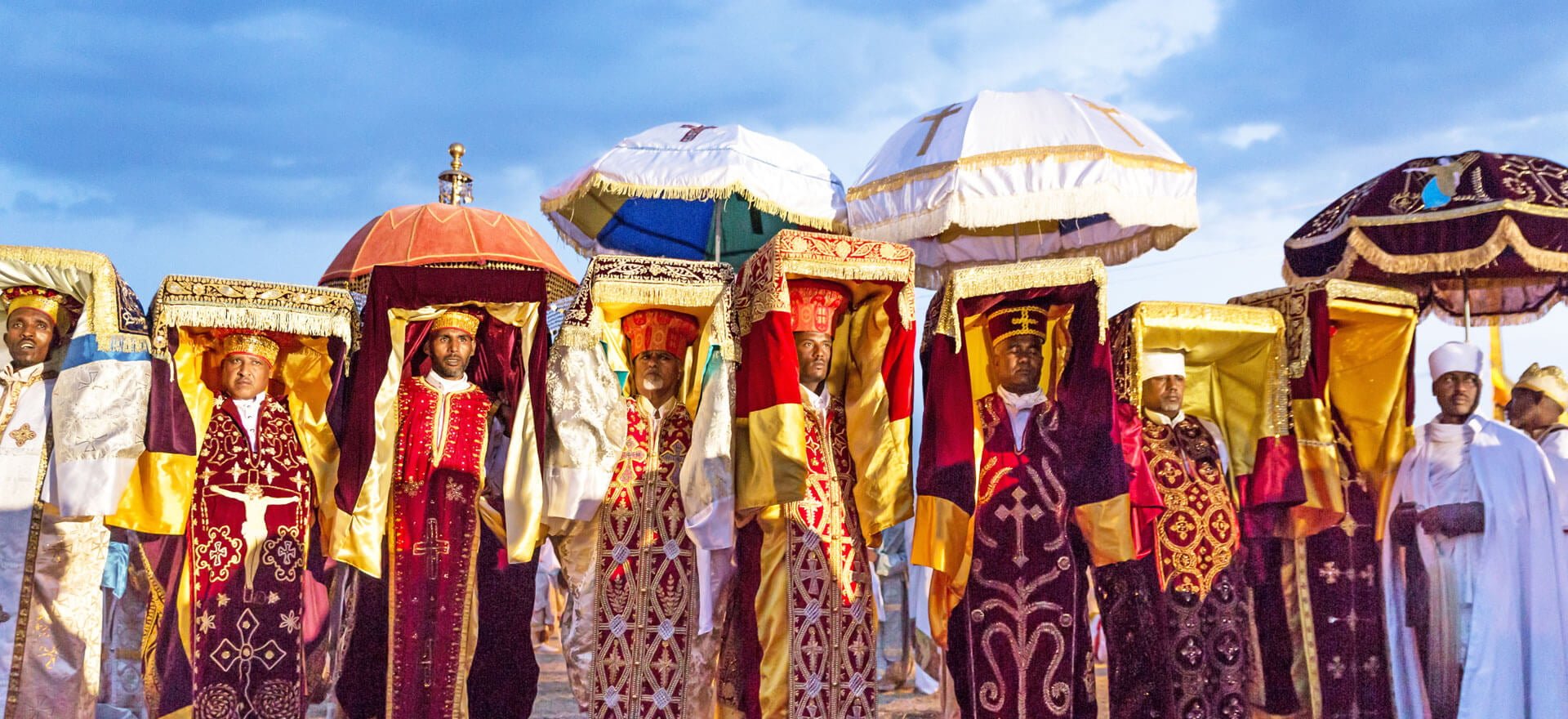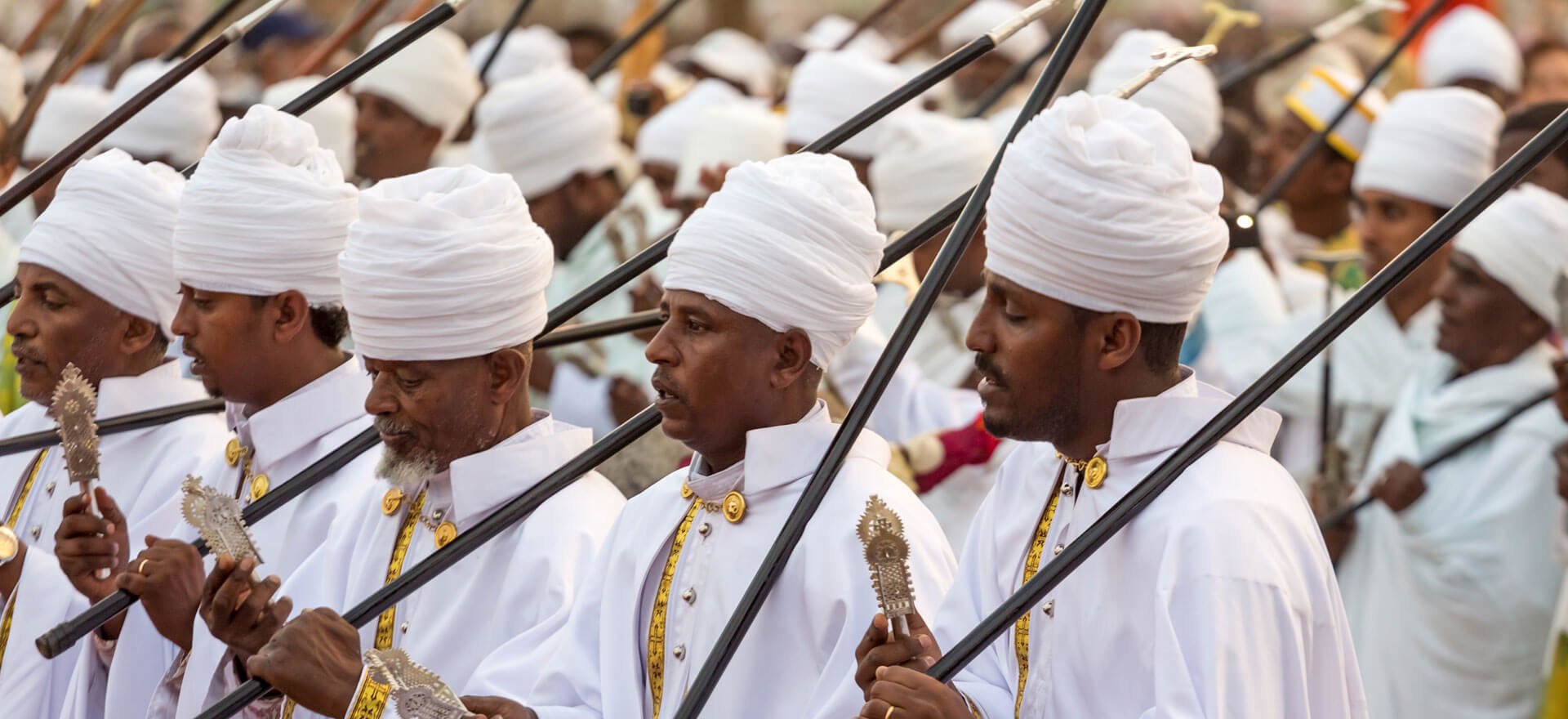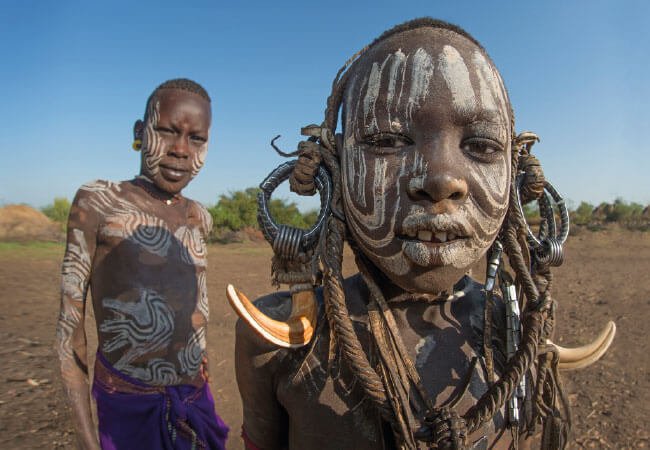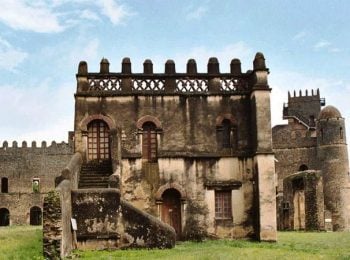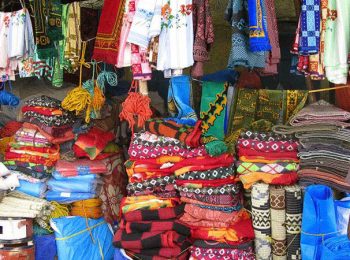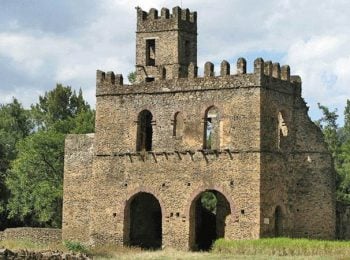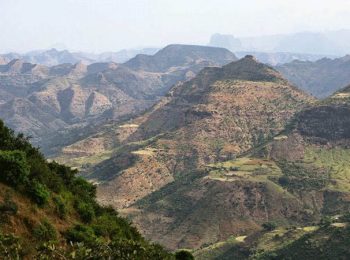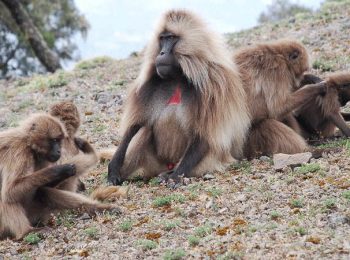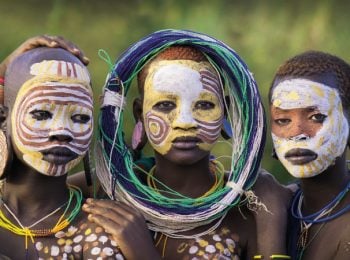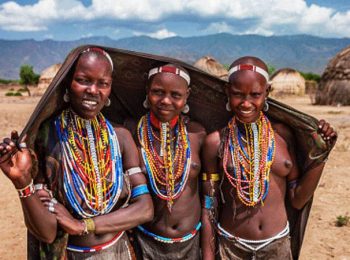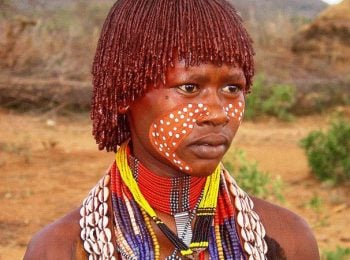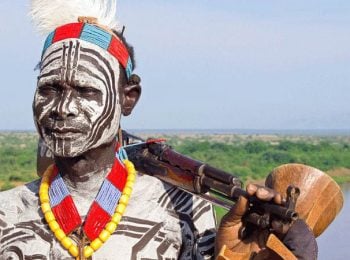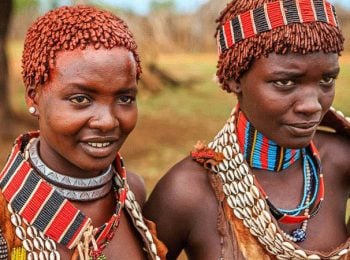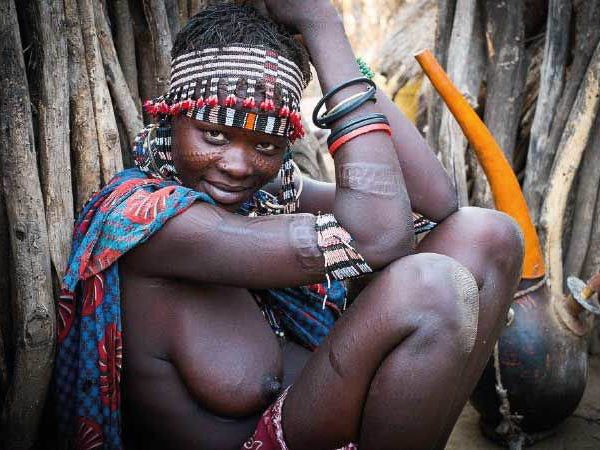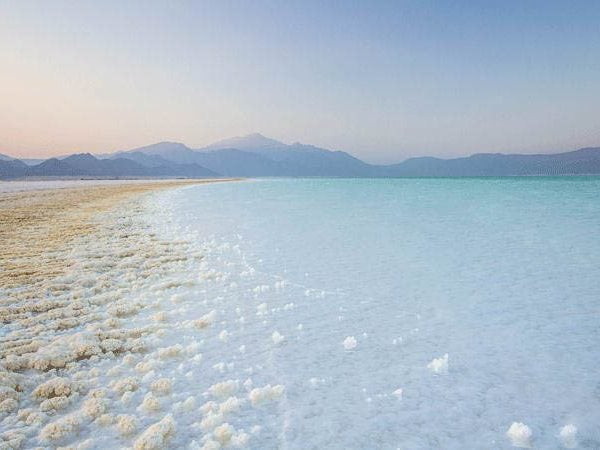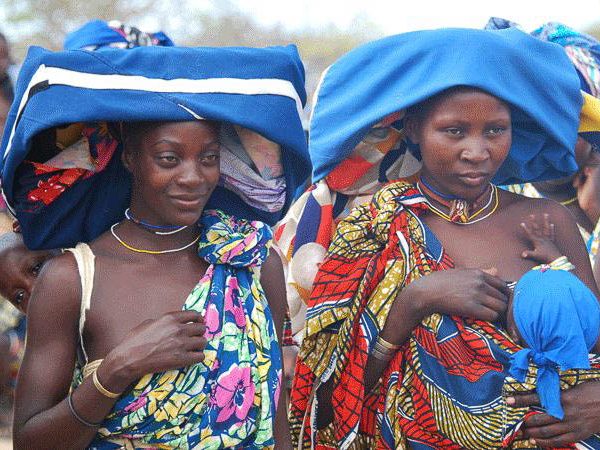The Best of Ethiopia
One of only two countries in Africa never to have been colonised, Ethiopia is a truly fascinating land unlike anywhere else on the continent. With a wealth of unique cultures, incredible ethnic and natural diversity and some of Africa’s finest historic monuments, Ethiopia offers a kaleidoscope of experiences, which delight both new and experienced travellers to Africa.
Our Best of Ethiopia itinerary encompasses both the north and the south of the country, to show the best that it has to offer. From Addis, we head south to the tribal lands of the Omo Valley. Here we meet some of the most traditional tribal groups on the planet. The Konso, the Karo and the Mursi are best known for their outlandish body decorations and the unusual practice of wearing enormous clay discs in their lower lips – one of the most extraordinary sights that Africa can offer. We spend our time here visiting weekly markets, which are a focal point for the many ethnic groups that live here. We also search for crocodiles and hippos in the vast lakes.
The north of the country is best known for its striking monuments that date back centuries, witness to a unique indigenous culture that stands apart from its neighbours. We explore the monasteries of Lake Tana and the Blue Nile Falls, before heading on to Gondar, home to a series of castles and palaces that look more European than African. Visiting the Simien Mountains offers us a chance to hike in dramatic scenery and look for endemic wildlife. We then visit the famous rock-hewn churches of Lalibela. Nicknamed ‘Africa’s Petra’ these churches have often been called the eighth wonder of the world.
Ethiopia is nothing if not surprising, and one of our favourite African destinations – visit it with us and we’re sure you’ll be as captivated as we are.

